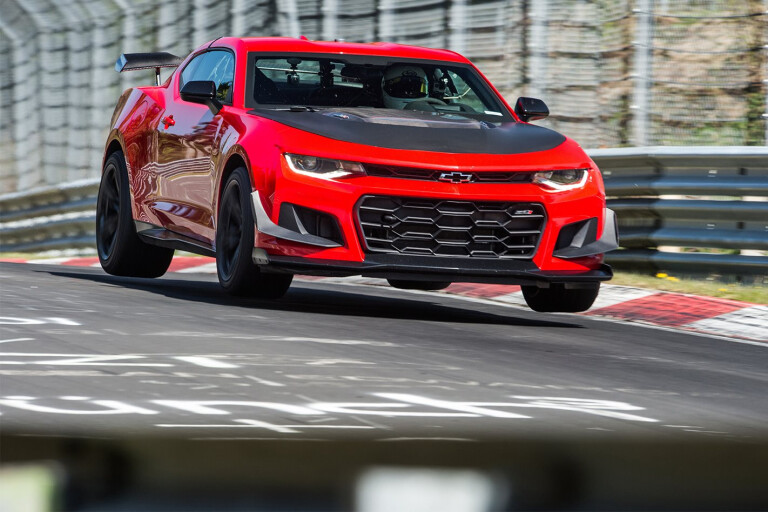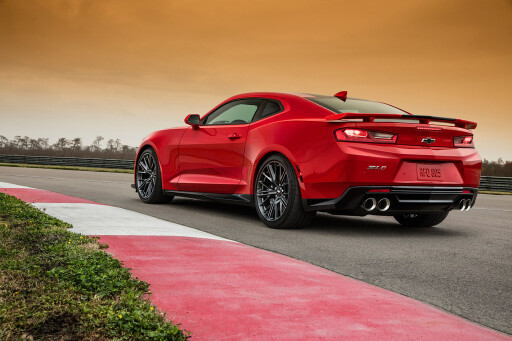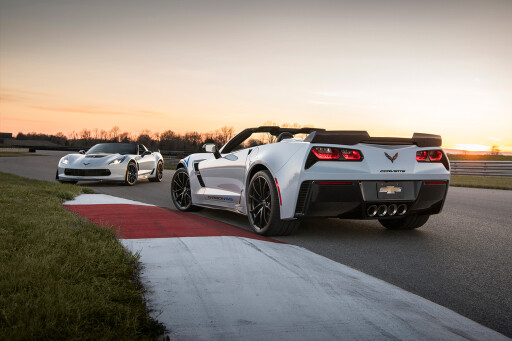
THE next-generation Chevrolet Camaro appears to have taken another significant step ahead of its expected 2021 Australian arrival, with a 485kW-plus supercharged ZL1 now in with a chance of appearing locally.
Holden’s parent company, General Motors, has this month applied to set aside the ZL1 name in a trademark application ahead of the seventh-generation fastback coupe’s arrival in a few years’ time.
It will be a long wait for GM, which will need to bide its time until the next step in the trademark application process rolls around in early September.

Wheels learned early last year the right-hand drive program for the Camaro had been secretly green-lighted in the halls of Detroit, as Australia’s appetite for rear-drive V8 muscle continues to grow. The Camaro’s lack of motivation has been Ford’s gain, with the reborn Mustang rising to become the nation’s best-selling two-door sports car – and by a big margin.
Holden has so far only hinted at the Camaro coming to Australia after promising in the wake of the loss of Commodore manufacturing that we would one day have a rear-drive V8 in showrooms by 2020.
However, the Camaro is due in 2021, meaning it could be beaten to the punch by the eighth-generation Chevrolet Corvette, due in 2020 after GM waged a huge and costly battle to reserve the name here.
GM has also moved to protect Zora, the name associated with the so-called father of the low-slung two-door coupe, and believed to be linked to a Ford GT-rivalling, mid-engined special edition of the Corvette.

The bid to add Camaro to Australian showrooms has the support of former Holden designer and now GM global design chief Mike Simcoe.
“Where we see there’s a need to have right-hand drive, yeah,” he told Wheels last year. “We’ll have the ability to make a choice but the architecture will accommodate left- and right-hand drive.”
In the meantime, HSV will import the current-generation 339kW/616Nm Camaro SS into Australia and modify the vehicles from left-hand drive to right hook in a bid to whet Australia’s seemingly growing appetite for US-sourced muscle.
However, the expense of the conversion means that the stop-gap 6.2-litre V8 Camaro will cost up to $30,000 more than an equivalent 5.0-litre Mustang GT as HSV recovers the cost of the conversion, which will include a bespoke instrument cluster.

COMMENTS